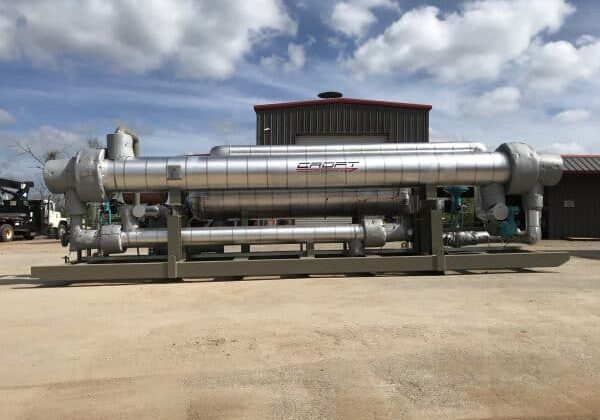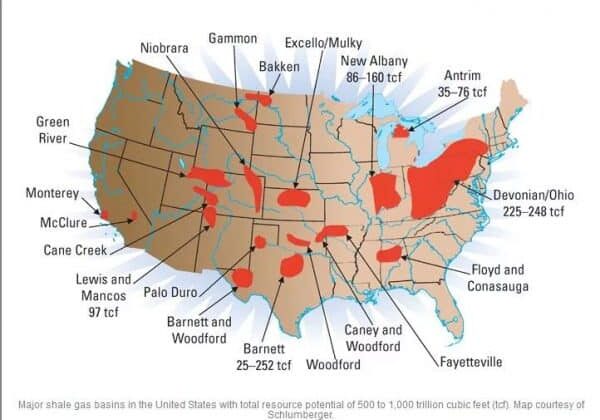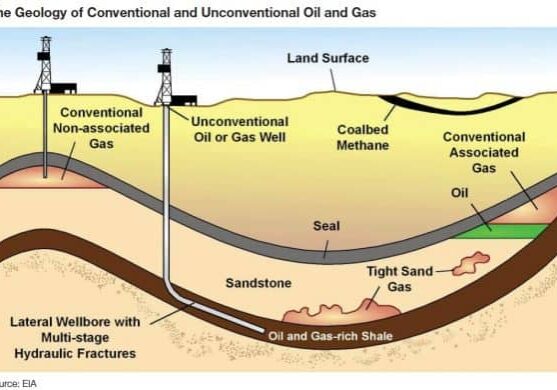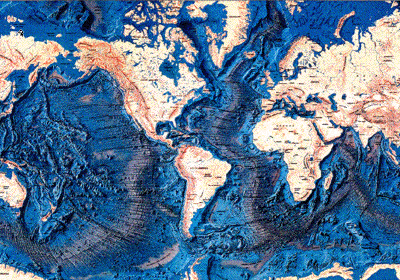When I think of the term “Rockies,’ I think of a nice vacation in Colorado hitting the ski slopes on some nice fresh powdery snow. Now being from Texas, the immediate next thought that comes into my head is brr, so cold! I just recently started learning about this region when it comes to the oil and gas industry and it has shown a whole new light on the term, “Rockies.”
The Rocky Mountain region has proven to hold continuous growth for natural gas drilling. In fact, the region makes up nearly 22 percent of the total natural gas reserves in the United States. Gas production is continuing to grow and according to Kinder Morgan, there is a forecast growth of 2.9 Bcf/d from 2013 to 2023 in the Rockies alone! The states coming in hot are Colorado and Wyoming. Colorado’s natural gas production rose 38 percent from 2007 to 2012 and in 2013, Wyoming produced 7.4 percent of total U.S. natural gas production. Even though gas production is on the rise, the demand and uses for it are increasing even more. So what about those states that need some of that natural gas? How do they get a piece of it? Well, pipelines of course!
Three major interstate pipelines originating in the Rockies
The Rockies Express Pipeline (REX), Kern River Pipeline, and the Ruby Pipeline are all major natural gas pipelines that begin in the Rocky region and extend to other areas of the United States. The Rockies Express Pipeline, also known at REX, began operating in 2009 running 1,698 miles through eight states stretching from Colorado to Ohio. It is one of the largest natural gas pipelines built in the United States as well as North America. There are exciting things happening for REX coming in mid-2015. With no new pipelines being added, gas will be able to flow both east AND west. As of now, it can only flow from western basins. This will be a great advantage to be able to send natural gas where it is needed in the Midwest from the Marcellus and Utica shales.
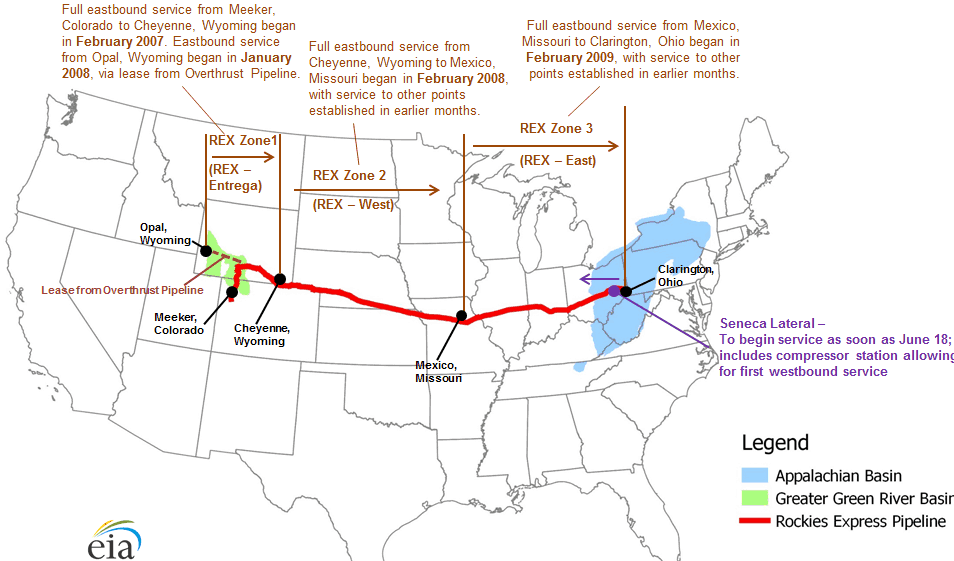
The Kern River Pipeline is 1,717 miles long originating in Wyoming and ending in southern California. This pipeline passes through as well as supplies natural gas to Utah, Nevada, and other parts of California. The Kern River Pipeline even provides 80 percent of the total natural gas used in Las Vegas Valley, Nevada.
The Ruby Pipeline is 680 miles long stretching from Wyoming to Oregon, passing through Utah and Nevada. It was placed in service in 2011 with an expected capacity of 1.5 billion cubic feet per day. Ruby Pipeline has proven the need for it. Firstly, Utah, Colorado, and Wyoming can all put gas onto this pipeline. Secondly, not long after the opening of Ruby, the Bison Pipeline (another pipeline located in the Rockies) closed due to an explosion leaving the need for more gas to flow to Ruby.
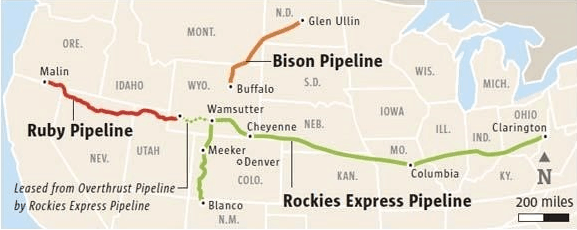
Pipelines are a necessity in the natural gas industry. The continuous growing demand for natural gas is not only in the Rockies Region but throughout the United States. Pipelines are essential for the transportation of natural gas in the needed regions. In fact, Sheetal Nasta, a Bentek energy analyst even stated, “The Rockies have more options for moving gas than ever before.” How exciting it is to know that not only is freezing temperatures coming from that area but so is some much needed natural gas!
http://www.eia.gov/forecasts/steo/special/pdf/Rockies_NatGas_2007.pdf
http://www.nwga.org/wp-content/uploads/2014/05/GasOutlook2014REV_WEB-copy.pdf
http://www.eia.gov/pub/oil_gas/natural_gas/analysis_publications/ngpipeline/transcorr.html
http://www.eia.gov/todayinenergy/detail.cfm?id=16751

